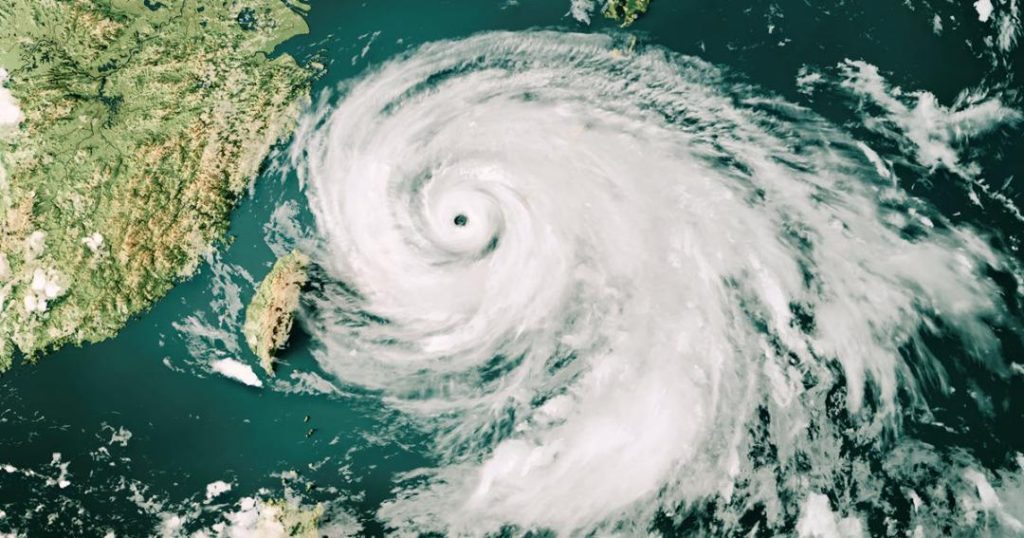
Aurora AI can accurately predict air quality, typhoons: Microsoft
In a breakthrough that could revolutionize the way we predict and prepare for natural disasters, Microsoft’s Aurora AI model has been found to be highly accurate in predicting air quality, hurricanes, typhoons, and other weather-related phenomena. The tech giant has trained the model on a vast amount of data from satellites, radar, and weather stations, which has enabled it to make precise predictions with high speed.
According to Microsoft, Aurora’s advanced algorithms and machine learning capabilities have allowed it to analyze large datasets and identify patterns and trends that were previously unknown. This has enabled the model to predict air quality, hurricanes, and typhoons with a high degree of accuracy, often days in advance.
One notable example of Aurora’s capabilities is its prediction of an Iraq sandstorm, which it accurately predicted one day in advance at a fraction of the cost it would take to run a traditional air quality forecast. This is a significant achievement, as predicting air quality is a complex task that requires analyzing a vast amount of data from multiple sources.
Aurora’s accuracy in predicting air quality is not just limited to sandstorms. The model has also been found to be highly effective in predicting other types of air pollution, including particulate matter (PM), nitrogen dioxide (NO2), and ozone (O3). This is significant, as air pollution is a major public health concern, and accurate predictions of air quality can help authorities take proactive measures to mitigate its effects.
In addition to air quality, Aurora has also been found to be highly accurate in predicting hurricanes and typhoons. The model’s ability to analyze large datasets and identify patterns and trends has enabled it to predict the trajectory and intensity of these storms with a high degree of accuracy. This is a significant achievement, as predicting the path and intensity of hurricanes and typhoons is a complex task that requires analyzing a vast amount of data from multiple sources.
Aurora’s capabilities in predicting hurricanes and typhoons are not limited to the United States. The model has been trained on data from around the world, and has been found to be highly effective in predicting these storms in regions such as Asia, the Pacific, and the Indian Ocean.
So, how does Aurora work? The model is trained on a vast amount of data from satellites, radar, and weather stations, which is used to identify patterns and trends in weather and environmental data. This data is then analyzed using advanced algorithms and machine learning capabilities, which enables the model to make predictions about air quality, hurricanes, and typhoons.
One of the key advantages of Aurora is its ability to analyze large datasets and identify patterns and trends that were previously unknown. This is because the model is trained on a vast amount of data, which enables it to identify complex relationships and patterns that would be difficult for human analysts to identify.
Aurora’s capabilities are not limited to predicting air quality and hurricanes. The model has also been found to be effective in predicting other types of weather-related phenomena, including floods, droughts, and heatwaves. This is significant, as accurate predictions of these types of events can help authorities take proactive measures to mitigate their effects.
In conclusion, Microsoft’s Aurora AI model is a significant breakthrough in the field of artificial intelligence and machine learning. The model’s ability to accurately predict air quality, hurricanes, and typhoons has the potential to revolutionize the way we prepare for and respond to natural disasters. With its advanced algorithms and machine learning capabilities, Aurora is a powerful tool that could help save lives and reduce the impact of natural disasters.






